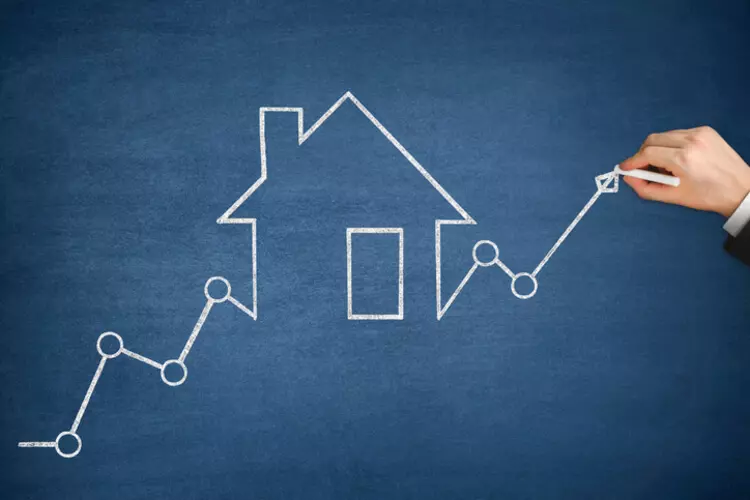Investing in real estate can be a lucrative venture, but it's crucial to analyze various financial metrics to identify properties with the highest profit potential. One such metric is rental yield, which compares the cash generated by a property as a percentage of its price or market value. In this article, we will explore the significance of rental yield and how investors can effectively use it to make informed decisions.
Why Rental Yield Matters
Rental yield serves as a quick and easy indicator of a property's potential profitability. By calculating rental yield, investors can determine whether a property generates sufficient income to cover its cost. Additionally, high rental yields may suggest that tenants perceive greater value in a property, potentially leading to increased rental demand and higher rent prices.
Although rental yield is not the only factor to consider when evaluating an investment property, it provides valuable insights into its revenue-generating capability on both a gross and net basis. As a general rule, properties with higher rental yields tend to be more attractive investments, as they generate more income relative to their price.
 Image: Man typing on calculator with spreadsheet
Image: Man typing on calculator with spreadsheet
Gross vs. Net Rental Yield
There are two types of rental yield: gross rental yield and net rental yield. Each calculation offers unique insights into a property's financial performance.
Gross rental yield compares the annual rental income to the property price. It is expressed as a percentage and provides an overview of the property's income potential. However, it does not consider operating expenses such as property management fees, repairs, and taxes. Nevertheless, gross rental yield is a useful preliminary filter to narrow down investment options.
Net rental yield measures the net operating income (NOI) relative to the property price. It takes into account operating expenses but excludes costs like debt service, mortgage interest, capital expenses, and depreciation. Net rental yield is an essential metric for determining the actual profitability of a property and is equivalent to the property's capitalization rate (cap rate).
How Investors Use Rental Yield
Investors employ rental yield calculations in various ways to analyze investment opportunities:
1. Comparing potential investments: By setting a minimum acceptable gross rental yield, investors can quickly assess the profitability of different properties across real estate markets. This initial filter helps prioritize investments worthy of further analysis.
2. Estimating monthly rent: Calculating gross rental yield also serves as a ballpark figure for estimating the monthly rent of a vacant property. By rearranging the gross rental yield formula, investors can determine an appropriate rental price based on the property's value and the rental yield of similar occupied homes.
 Image: Rising house rates
Image: Rising house rates
A Closer Look at Rental Yield
Experienced real estate investors understand that high gross rental yield does not guarantee an attractive net rental yield. Operating costs, including property management, repairs, and taxes, can significantly impact the property's profitability.
For instance, consider two rental homes with the same gross rental yield but different expenses. Despite similar rental income, one property may generate a significantly higher net operating income due to lower expenses, resulting in a more favorable net rental yield.
Is There Such a Thing as a Good Rental Yield?
Determining what constitutes a good rental yield depends on an investor's individual risk tolerance and expectations for return on investment. Every investor has a unique perspective on acceptable risk and reward.
The Roofstock Marketplace offers a range of properties with varying gross and net yields to cater to diverse investor goals. Newer homes in top-rated neighborhoods may offer lower rental yields but also entail reduced maintenance and repair costs. On the other hand, older homes in less prestigious areas can yield higher rental returns but come with higher potential risks.
Ultimately, finding a suitable rental yield depends on aligning a property's financial performance with an investor's specific objectives.
How to Increase Rental Yield
To boost both gross and net rental yield, investors can implement several strategies:
Tips to increase gross yield:
- Allowing pets to expand the pool of potential renters and generate additional income through pet rent.
- Thoroughly screening tenants based on rent-to-income ratio and comprehensive background and credit checks.
- Monitoring the local marketplace to ensure that rental prices remain competitive.
Tips to increase net yield:
- Engaging a reputable local property manager who possesses market expertise and a network of cost-effective vendors.
- Conducting proactive maintenance, such as regular air filter replacements and seasonal servicing of heating and cooling systems, to prevent minor issues from escalating into costly problems.
- Utilizing rental property asset management systems to automate income and expense tracking for improved profitability.
Closing Thoughts
Rental yield is a vital tool for real estate investors seeking profitable investment opportunities. By considering both gross and net rental yield, investors gain valuable insights into a property's financial performance and potential returns. However, it's important to remember that rental yield alone does not guarantee success in real estate investments. Proper due diligence, risk assessment, and aligning investment goals are essential for achieving long-term profitability.











